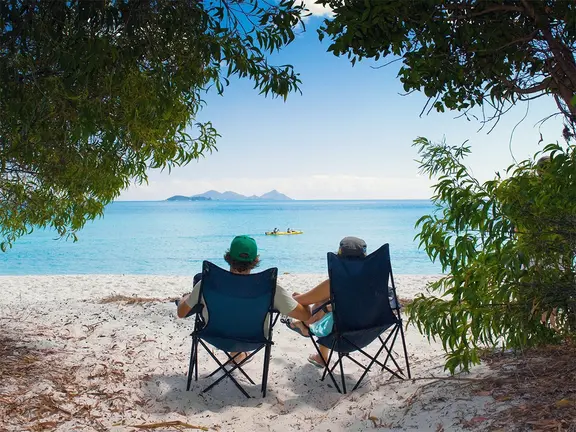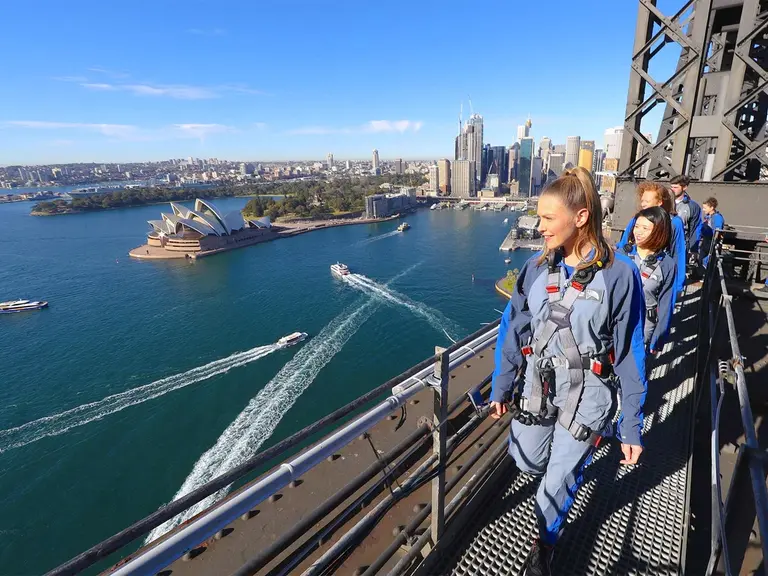Australians are set to see more locally produced stories on major streaming platforms, with the Federal Government introducing new legislation requiring services such as Netflix, Amazon Prime and HBO Max to invest a minimum share of their Australian revenue or program expenditure into original Australian content. The move marks the most significant regulatory shift in the Australian screen sector in more than a decade. It’s a shift aimed at addressing declining domestic production and the growing dominance of global services.
Introduced to parliament by Arts Minister Tony Burke, the new bill means that any streaming service with more than one million Australian subscribers will be required to spend at least 10 per cent of their total Australian programme expenditure or 7.5 per cent of their Australian revenue on new local programming.
Burke said the changes were designed to ensure local stories remain visible and accessible as Australians increasingly turn to streaming over traditional broadcasting.
‘Revive’ and Closing the Regulatory Gap
Coming as part of the government’s national cultural policy, ‘Revive: a place for every story, a story of every place’, the reforms extend the longstanding Australian content rules that apply to free-to-air broadcasters. Burke told parliament that “We should never underestimate how important it is for Australians to see ourselves on screen,” framing the changes as essential for cultural representation and long-term industry stability.

How the Legislation Will Work
The bill closes the regulatory gap between traditional broadcasters and global streaming platforms. While aligned with existing Australian content definitions, the new rules explicitly prevent services from using back catalogue titles to meet their obligations. Investments must go toward new productions.
And because production cycles are lengthy processes, platforms will be able to spread their required spend over three years. The Australian Communications and Media Authority (ACMA) will oversee compliance, with a full review scheduled four years after the scheme commences. Smaller services with at least 250,000 subscribers won’t face the same quota but will still need to notify ACMA of their local activity.
A Response to Industry Downturn
The legislation comes amid a downturn in domestic production. Screen Australia figures show total expenditure on Australian film and TV dropped 29 per cent in 2023–24. While streaming services have become the primary way Australians consume long-form content, their investment in Australian programming has remained inconsistent and, until now, entirely voluntary. Burke argued that “without government intervention, there is no guarantee that streaming services will produce and make Australian content available to Australian consumers.”

Industry Welcomes “Overdue” Legislation
Industry bodies, including Screen Producers Australia (SPA), the Australian Writers’ Guild (AWG) and the Media, Entertainment & Arts Alliance (MEAA), have broadly welcomed the reforms, describing them as overdue following years of lobbying. These groups argue that streamers generate billions in annual subscription revenue from Australian audiences but contribute only a small portion to local storytelling.
Some stakeholders say the thresholds fall short of what is required. SPA previously recommended a 20 per cent local investment obligation, while advocacy group Save Our Arts pushed for 25 per cent and stronger discoverability rules to ensure that Australian titles are not buried by platform algorithms.
But for workers across the sector, the bill offers a rare glimpse of certainty. With global studies cutting costs and concerns rising about AI’s impact on creative professions, many see the quotas as a stabilising mechanism against the changing landscape.
SPA CEO Matthew Deaner called it “a landmark day for the Australian screen industry,” adding that streamers have long benefited from the local market “without contributing fairly to the creation of Australian stories.”
A Cultural “Endorsement of Australian Stories”
Burke positioned the bill as a cultural investment rather than a criticism of global platforms. Australian stories, he said, “help make sense of our past, define ourselves in the present and promote our people, our creativity and our country to the world.” He argued the quotas would ensure the content Australians watch reflects the diversity and identity of the nation.
With parliamentary debate now ahead, and ACMA to develop detailed guidelines, Bruke said the reforms would guarantee audiences “will see themselves, know each other and the world will meet us,” placing Australian storytelling at the centre of every major streaming library.

Related: Boosting International Production
The quota changes arrive alongside broader government measures to strengthen the Australian screen sector. The federal Location Offset tax rebate for major international productions filmed in Australia was increased to 30 per cent, and state governments have continued to invest heavily in attracting blockbusters.
Sydney recently secured Paramount Pictures and Legendary Entertainment’s Street Fighter, with support from the NSW Government’s Made in NSW fund. The production is expected to inject around AUD $80 million into the state economy and create more than 300 jobs, spanning cast, crew, VFX and post-production.
While these large productions expand studio capacity and enhance Australian skills, industry leaders stress they cannot replace homegrown storytelling. Under the new legislation, Australia aims to support both. There will be global blockbusters on one side, and distinctively Australian narratives on the other.
Australian Streaming Quotas FAQs
The new legislation requires large streaming services such as Netflix, Disney+, and Prime Video to invest a portion of their Australian earnings into creating new Australian content. They must spend at least 10% of their Australian programme expenditure or 7.5% of their Australian revenue on eligible local formats, including drama, documentary, and children’s content.
The government introduced the bill as part of its ‘Revive’ cultural policy to address a regulatory gap. While traditional broadcasters have longstanding content quotas, streaming platforms do not. The move is designed to ensure Australian stories remain visible and to support the long-term stability of the local film and TV production industry.
Industry groups, such as Screen Producers Australia (SPA) and the Media, Entertainment & Arts Alliance (MEAA), have described the legislation as a “landmark” and “overdue” safety net. While they broadly support the law, some groups, including SPA, have argued for a higher quota (such as 20%) to better stabilise the industry.



































Comments
We love hearing from you. or to leave a comment.